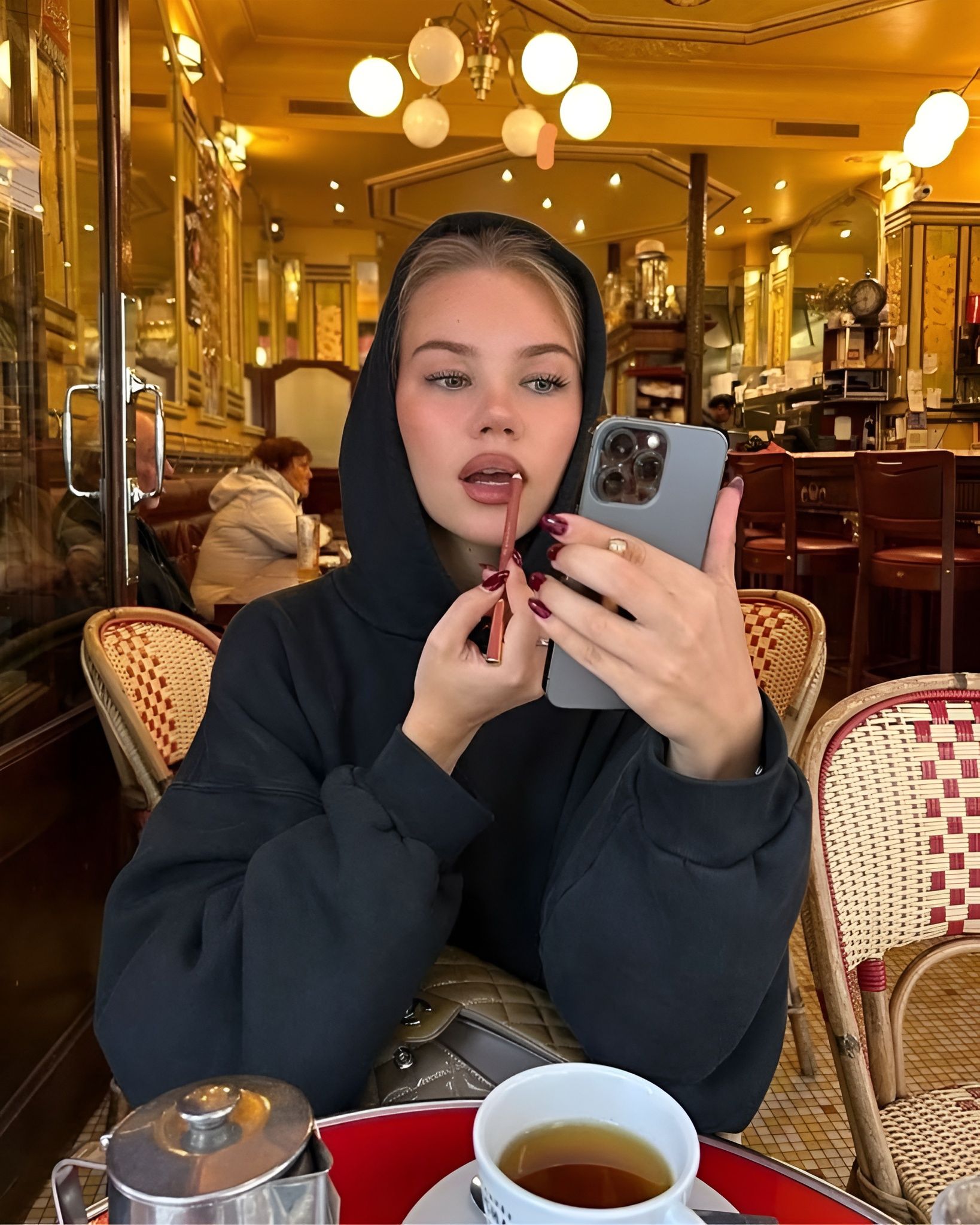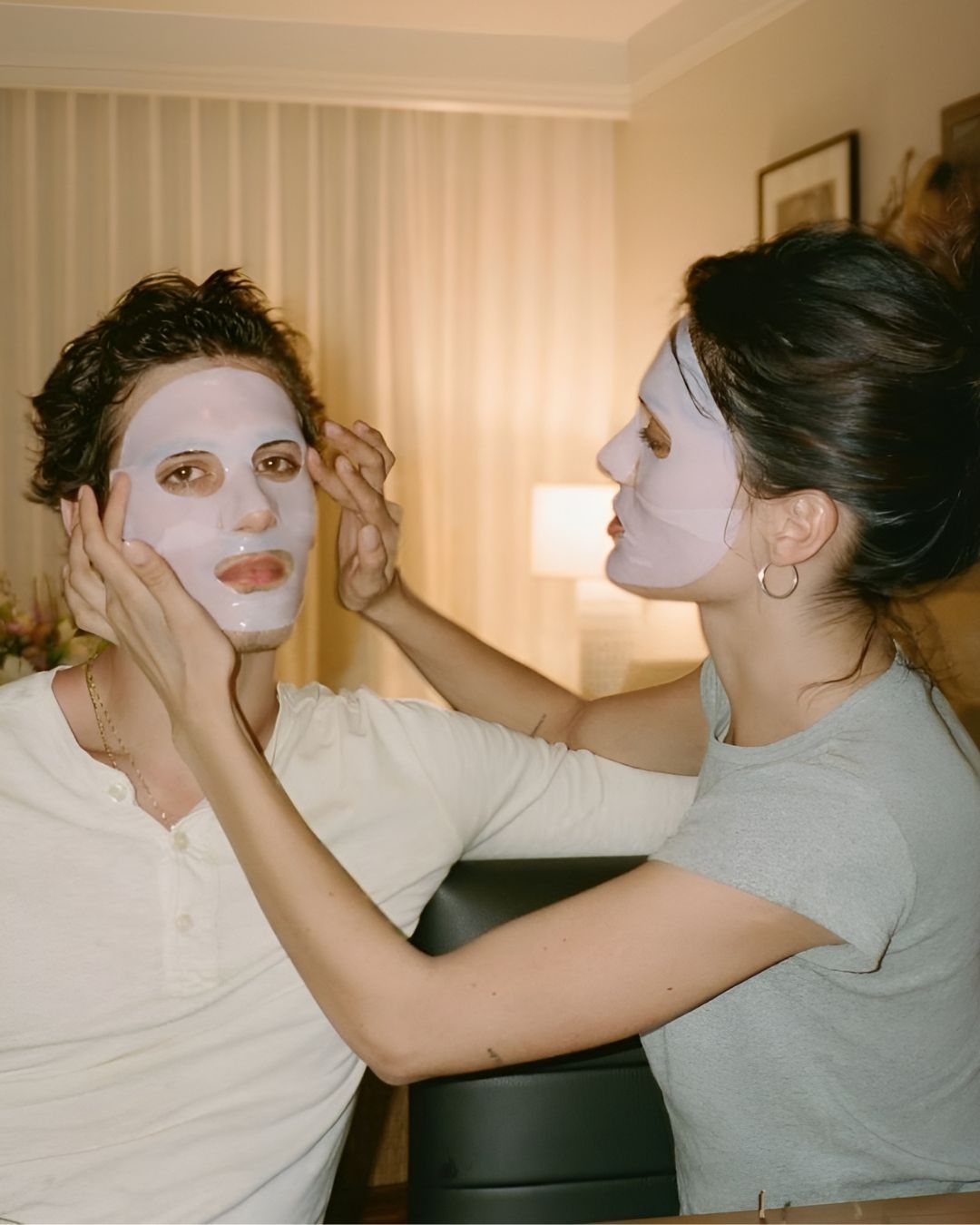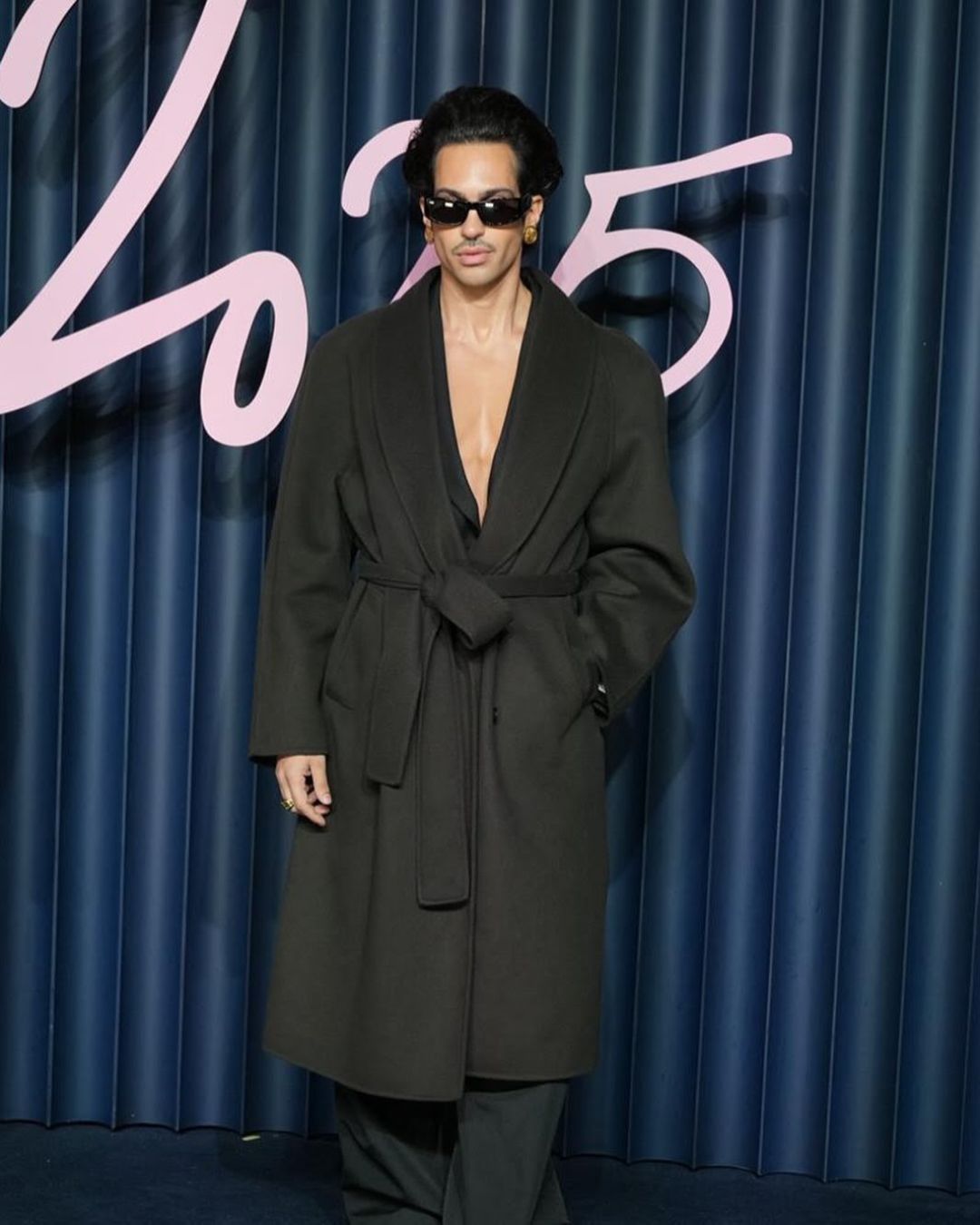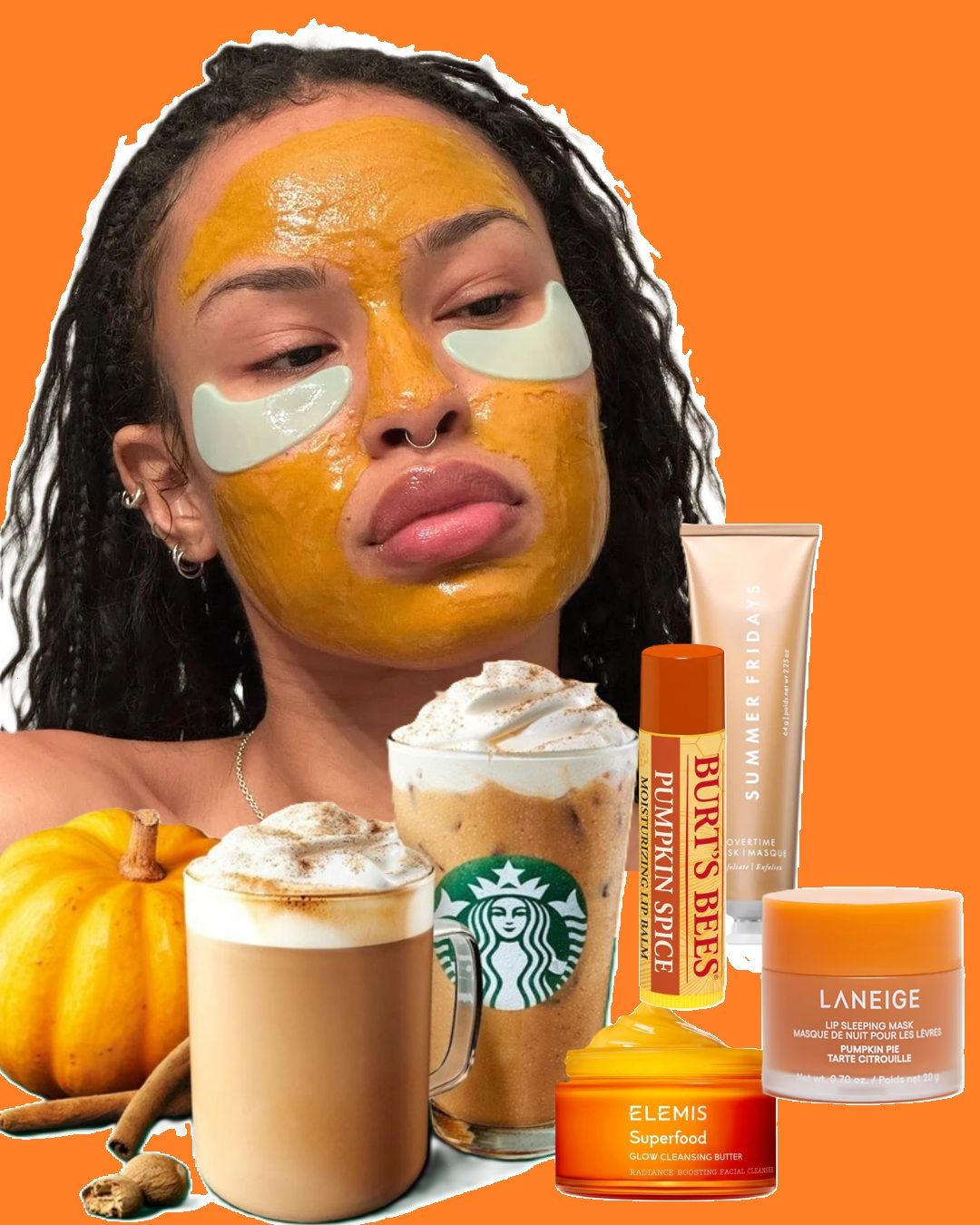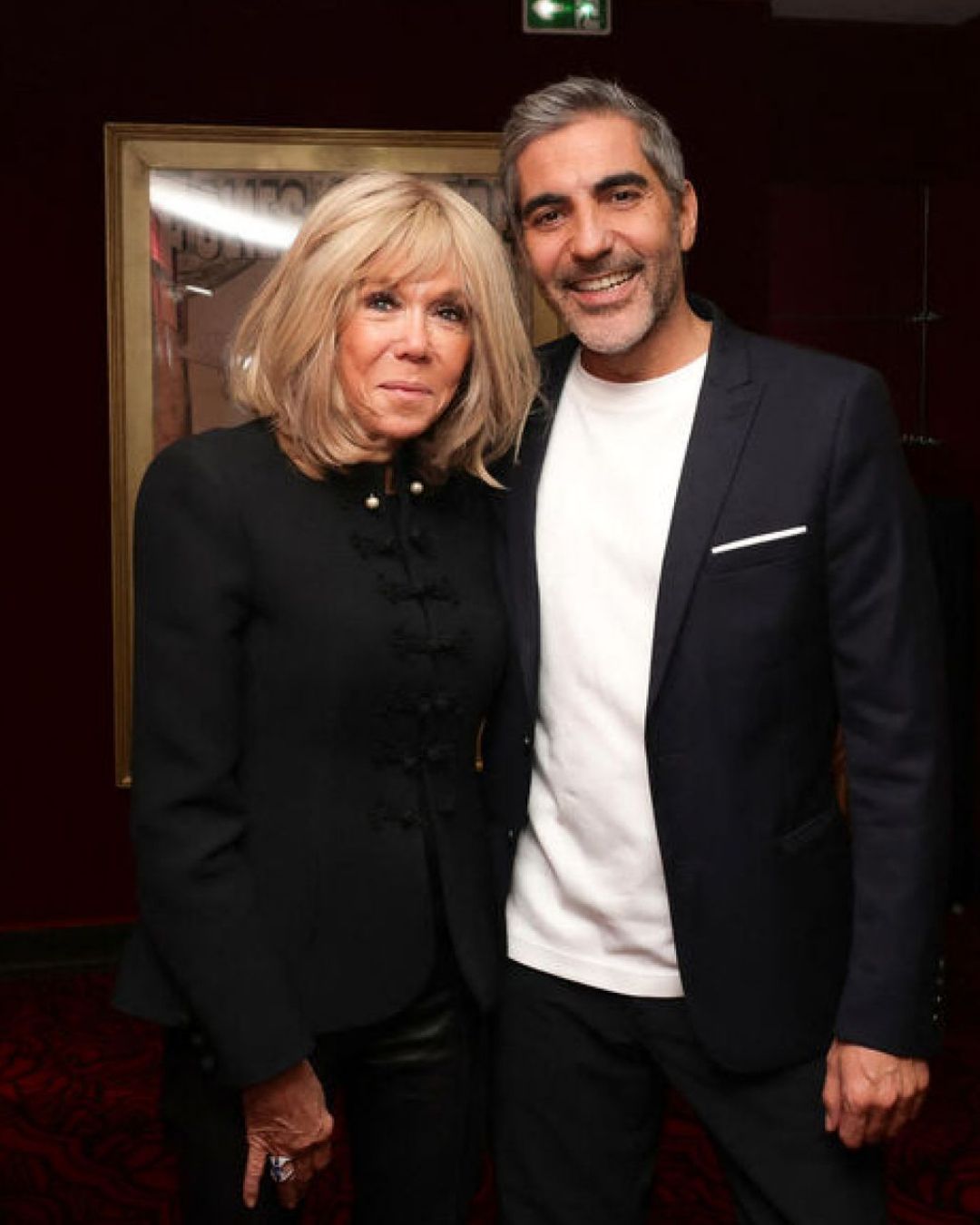
The job market in the beauty industry is on the move Amazon, China's slowdown and the rise of TikTok are forcing brands to restructure their workforce
The global cosmetics industry is growing at an impressive and increasingly competitive pace. According to Euromonitor International, the sector is expected to reach $670.8 billion by 2024, with an annual growth of 9%. The USA dominates the landscape, with an anticipated 5% growth in 2024, amounting to $135.7 billion, followed by China. However, China remains the second-largest global market despite falling short of pre-pandemic performance, while Africa is emerging, driven by remarkable population growth. The market is on the move, constantly evolving, and to stay relevant, beauty giants must adapt. They must carefully evaluate their next strategies, while striving to remain authentic, listen to consumers, and be flexible enough to seize new opportunities. One of the first steps taken by both large corporations and smaller players is to reconfigure their workforce to meet consumer demands better and maximize profitability.
The Impact of Amazon and TikTok
The beauty landscape is changing worldwide. From the emergence of more informed and savvy consumers to the growing focus on sustainability, various factors are at play, but three main drivers are shaping the rules and pace: Amazon, TikTok, and China. TikTok launches micro-trends and has the power to make a product go viral, which can be immediately purchased through the TikTok Shop. Brands must leverage the platform's potential by collaborating with content creators and adopting more engaging communication, aimed at building a true community that transforms into loyal buyers. When it comes to online shopping, Amazon remains the dominant player. "Amazon is an open marketplace with an endless spectacle, and it has become hyper-competitive. In retail, sellers share your story and help you connect with consumers because they invest in you; on Amazon, the brand must invest," explained Solomon Hedaya, Chief Growth Officer of Front Row, during CosmoTalks. "Amazon is a good channel for launching, but you must ensure you have a talented team or a great partner, and you must constantly work to create content, communicate with your community, engage consumers, and maintain a strong social media presence."
The Chinese Market
While TikTok and Amazon push the accelerator, embodying new vehicles for companies to reach consumers, China presents the challenge to conquer. The nation is experiencing an economic slowdown, and after the pandemic, Chinese consumers have begun favoring local brands that cater more closely to their specific needs. According to Qingyan Company, a Chinese beauty industry research firm, sales of C-beauty brands grew by 21.2% year-on-year in 2023, accounting for 50.4% of the Chinese cosmetics market, surpassing foreign brands for the first time. Last year, over 20 foreign beauty brands, such as Elf Cosmetics, Huda Beauty, Benefit, and Japanese brand Amplitude, withdrew from the Chinese e-commerce market to curb losses, awaiting a new approach. In response, L’Oreal recently invested in local niche perfume brands to better understand the unique preferences of Chinese consumers and, therefore, tailor its offerings to meet their specific needs.
How Are Beauty Giants Responding?
To address the new market demands, both established and emerging companies are reconfiguring their workforces. The key? Agility and downsizing. Unfortunately, this often leads to mass layoffs. For example, the “full productivity program” announced by Unilever includes 7,500 office layoffs globally to achieve total savings of around €800 million over the next three years. This equates to the elimination of one-third of all office roles (around 3,200) in Europe by the end of 2025. In February, The Estée Lauder Companies revealed a restructuring plan to make the company more agile, reducing its global workforce of 62,000 employees by 3% to 5%, or approximately 3,100 jobs over the next two and a half years. Dyson is cutting around 1,000 jobs in the UK, Shiseido Japan is offering an early retirement plan to about 1,500 employees, L'Oréal US eliminated 40 roles that linked marketing and sales teams, and Sephora announced plans to cut its workforce in China by 3% “in response to the country’s difficult market conditions.”
What Are the Most In-Demand Roles Right Now?
Companies are trying to figure out how to structure their teams. The current trend is to increase hiring in finance and marketing. There has been a surge in demand for merchandising, sales, and commercial managers. Companies are also looking for talent skilled in artificial intelligence and TikTok, capable of engaging Gen Z, Gen Alpha, and other new customers. What about smaller brands? According to experts, they are reconsidering their approach to executive hiring, opting for fractional leadership to help define strategy and execute it in a much more integrated way with the existing team.
















